Discover The Most Beautiful Towns In Europe
Tourists love towns for many reasons, and they are considered the most visited destinations in Europe and the world. The quietness, natural beauty, the friendliness of people living here give you a perfect idea of how a weekend getaway should look like. Here are some of the prettiest small towns across Europe, from humble fishing towns to hilltop medieval power bases.
1. Giethoorn, Netherlands
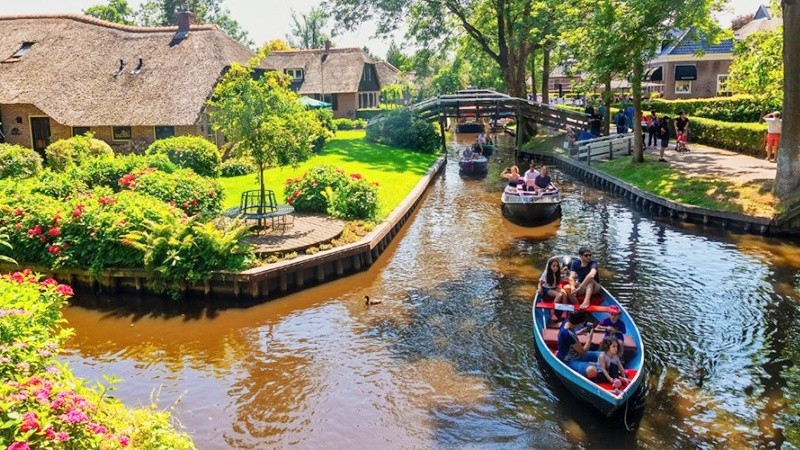 |
| Photo: Worldwide Travel Tips |
Being so peaceful and so different Giethoorn has such simple beauty that it hardly seems real – gently gliding along small canals past old but pretty thatched-roof farmhouses, according to Glethoorn Tourism.
You can turn down a “side street” (another small canal) and drift under a wooden bridge where an elderly resident may be strolling over to see a neighbour. No this is not Venice or Amsterdam. This is Giethoorn village in the Netherlands.
Giethoorn’s name originates from the first inhabitants’ discovery of hundreds of goat horns (gietehorens) in the marshland, remnants of a 10th-century flood.
Giethoorn is at the centre of Overijssel’s canal system. Indeed, the little village is so dependent on its waterways, many of the houses cannot be reached by road. When the postman delivers the mail he travels by punt.
Boating has been a popular tourist attraction here for years, with 90km of canoe trails and scores of motorboats to rent, but now, instead of conventional outboard motors, the hire shops stock so-called ‘whisper boats’ – dinghies driven by an electric motor.
Being on the water is a pleasant way of spending an afternoon, gently puttering down the narrow waterways, under gracefully arching bridges, past cosy thatched cottages. There are three canal-side museums to visit and the Schreur shipyard, where the Giethoorn punt is built.
2. Guimarães, Portugal
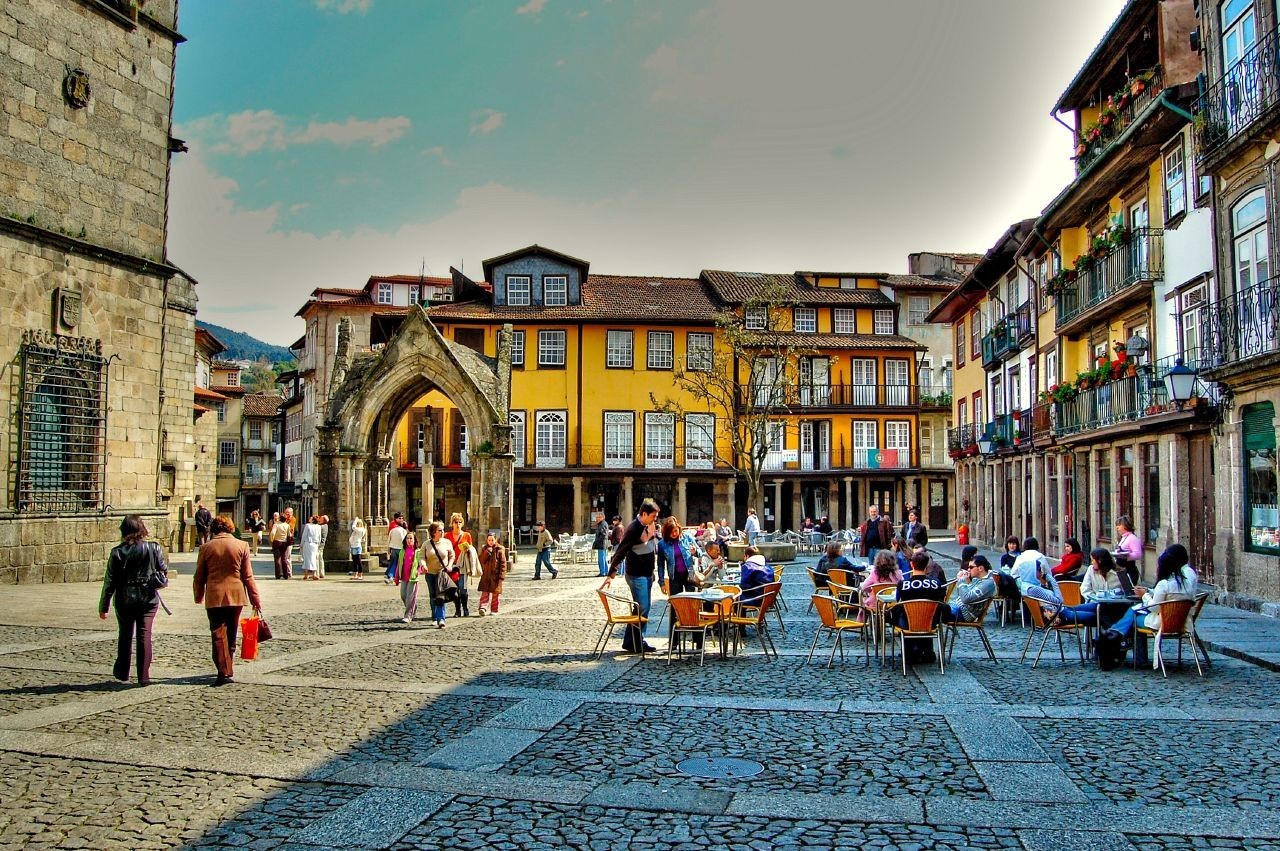 |
| Photo: Erasmusu.com |
Guimarães is considered the birthplace of Portugal because Afonso Henriques, who went on to be the first king of Portugal, was born here.
The historical centre in the area that was within the Guimarães city walls, is associated with the formation and identity of Portugal and was classified a World Heritage site based on the originality and authenticity applied in its restoration. The city still has a harmonious, well-preserved heritage that is evident in the graceful iron verandas, granite balconies and porticos, mansions, arches connecting the narrow streets, paving slabs smoothed by time, towers and cloisters. For a moment you might imagine yourself to be in a mediaeval setting, where the nobility built their houses over time, such as the Mota Prego house, the Vila Flor and Toural palaces, and the many others that give Guimarães its unique atmosphere, according to Visit Portugal.
You can start from the heart of the city, Largo da Oliveira, where you find the Padrão do Saladoand the Collegiate Church of Nossa Senhora da Oliveira, which houses the valuable Alberto Sampaio Museum. Passing the Paços Municipais (City Hall), crowned with battlements, enter the Praça de Santiago which in the Middle Ages welcomed pilgrims bound for Compostela, just as today it welcomes residents and tourists in its restaurants and terraces. The Convent of Santa Clara, the Casa do Arco and other stately houses are in Rua da Santa Maria, which links with the upper city.
3. Roscoff, France
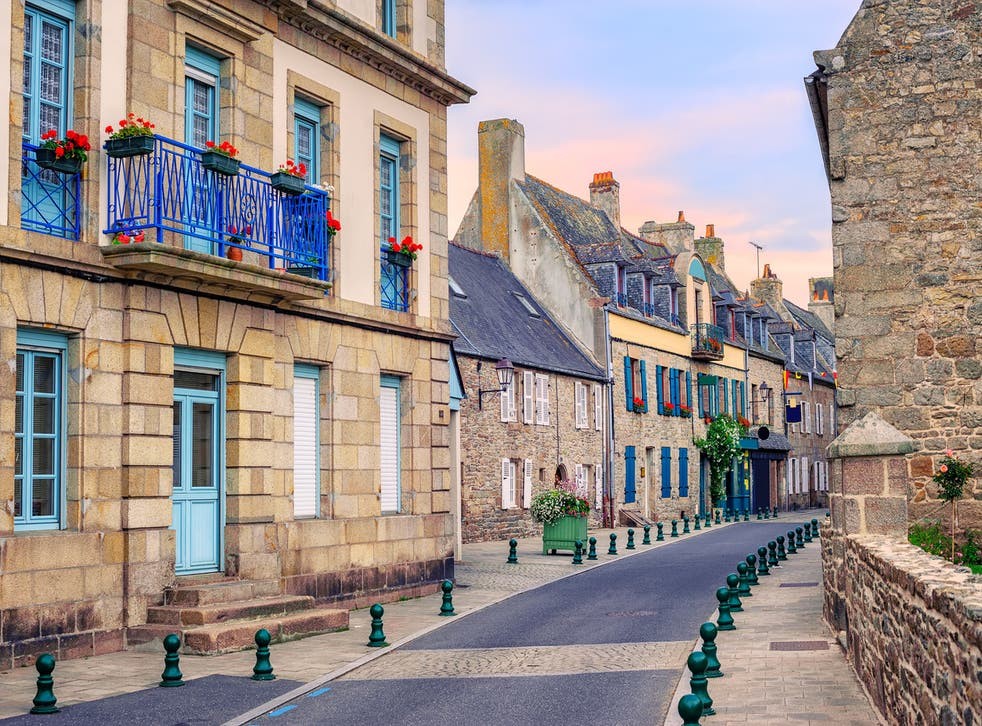 |
| Photo: The Independent |
Built on a peninsula surrounded by the Channel, Roscoff is well worth a detour. This small town of character has attractive, richly decorated houses that once belonged to ship-owners, a church in the flamboyant Gothic style, and much more. Visitors never fail to be charmed by this town, which is both a port and a seaside resort. Offshore is the Isle of Batz, with a mild climate that makes it an ideal place to relax.
In the 19th century, Roscoff traded in cloth, salt and wood… even onions exported to England. Everything in its historic centre evokes the wealth of maritime trade: from the church hidden away in its garden to the opulent granite dwellings; from the boats sculpted out of stone to the turrets in the old harbour. The spirit of corsairs, smugglers and merchants still seems to hover around the entrances to elaborate cellars that open at street or beach level, according to Brittany Tourism.
In the early 19th century, the ‘Onion Johnnies’ looked to the Channel for a living. They crossed to England to sell the famous Roscoff pink onions. This link with the UK has remained strong. Thanks to the deep-water harbour built during the second half of the 20th century, there is still a year-round ferry service to the UK and, from April to October, to Ireland as well.
4. Anghiari, Italy
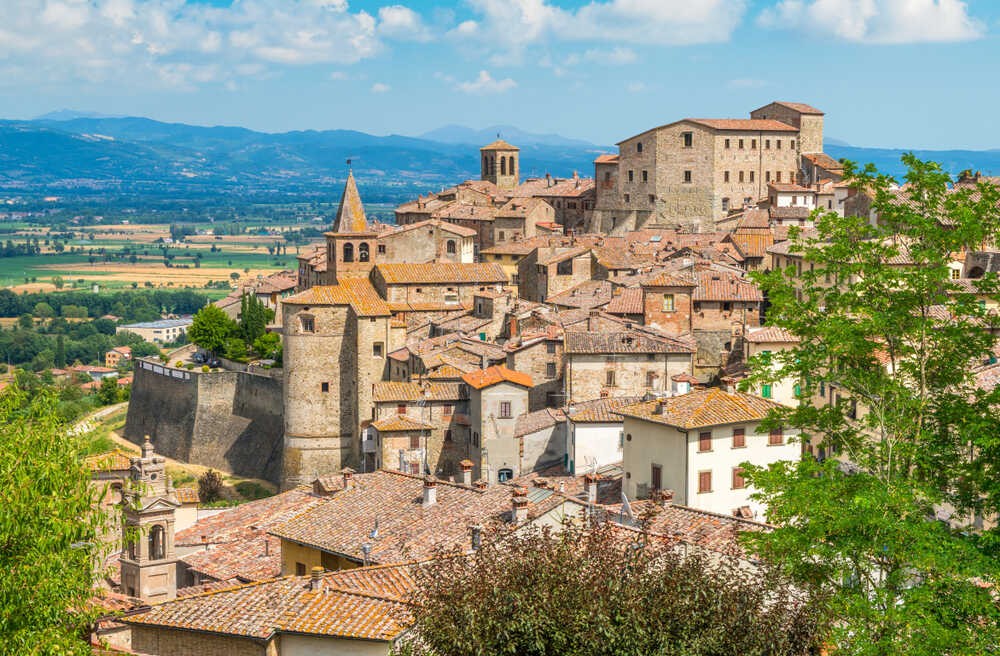 |
| Photo: Shutterstock |
Anghiari is a little medieval town deep in the magnificent Tuscan countryside, a few kilometres from Arezzo in the Tuscan Valtiberina. Anghiari played a vital role in the Middle Ages due to its strategic position.
It was the Battle of Anghiari on 29 June 1440 that cemented Tuscany's borders, with the Florentines triumphing over the Milanese, allowing Florence to assume governance over the city, according to Visit Tuscany.
Arriving in the town from the valley, the first thing that the visitor claps eyes on is the Borghetto, the old medieval part of the town, whose majestic surrounding walls were erected in the sixteenth century. The impressive medieval tower, the Campano, catches attention with its massive bulk serving almost as a lighthouse to travellers. Also in the historic town centre, it's worth stopping by the tumbled-down, centuries-old abbey church, established by Camaldolese monks around the year 1000.
Palazzo Taglieschi stands in the historic town centre and is home to the town museum. The latter contains notable artworks such as a colourful wooden Madonna by Jacopo della Quercia, terracottas in the Della Robbian style, and a sixteenth-century table organ that still works today.
5. Nafplio, Greece
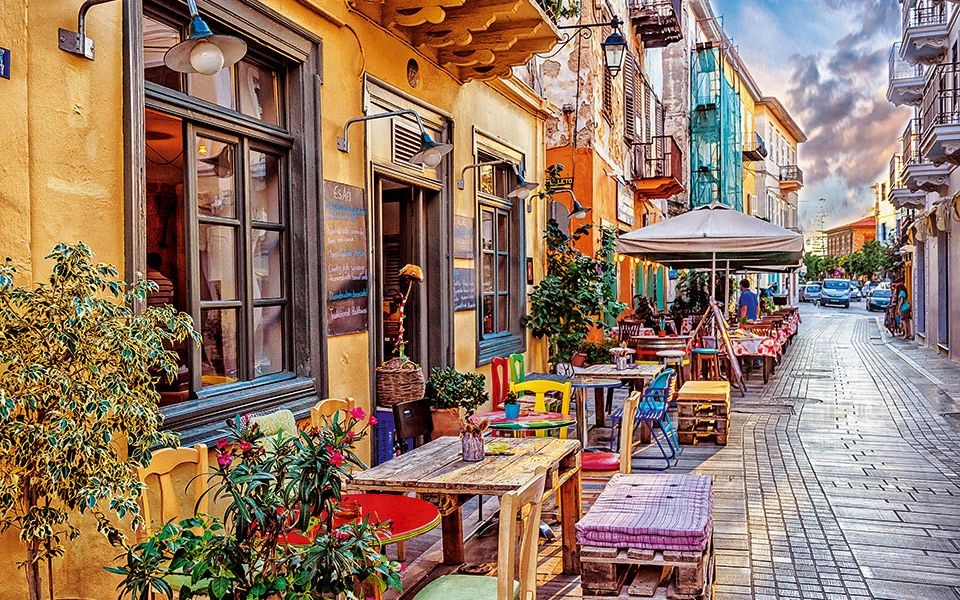 |
| Photo: Neos Kosmos |
One of Greece’s most romantic cities, Nafplio is famous for its listed architecture and majestic Venetian castles. Best of all, it is just a short drive from Athens, perfect for a day trip or a stopover during a road trip in the Peloponnese.
Nafplio is a city in the Peloponnese that brims with life, preserving its legends and enticing you into its mystical ambience. It was the Venetians’ ‘Naples of the East’ and the first capital of Greece.
Viewed from above, Nafplio oozes romance: tile roofs, grand homes and a blue-green sea. The famous Bourtzi, Akronafplia and Palamidi castles add a sense of drama to this stunning seaport town, consisting of fortresses, neoclassical buildings, old neighbourhoods, wide sidewalks and large squares, according to Discover Greece.
At the epicentre of the old town is Syntagma Square, surrounded by historic buildings – Trianon, the Archaeological Museum and the National Bank of Greece, built in the 1930s. On the nearby streets, you’ll witness the modern history of Greece starting with the Hellenic Parliament (Vouli ton Ellinon).
Further along, witness the church of Agios Spyridonas (outside of which Ioannis Capodistrias, Greece’s first prime minister, was murdered in 1831) and across from that, the only Turkish bath in town. Two other squares, Agios Georgios and Trion Navarhon, also have several interesting monuments and grand mansions worth seeing.
6. Mostar, Bosnia and Herzigovina
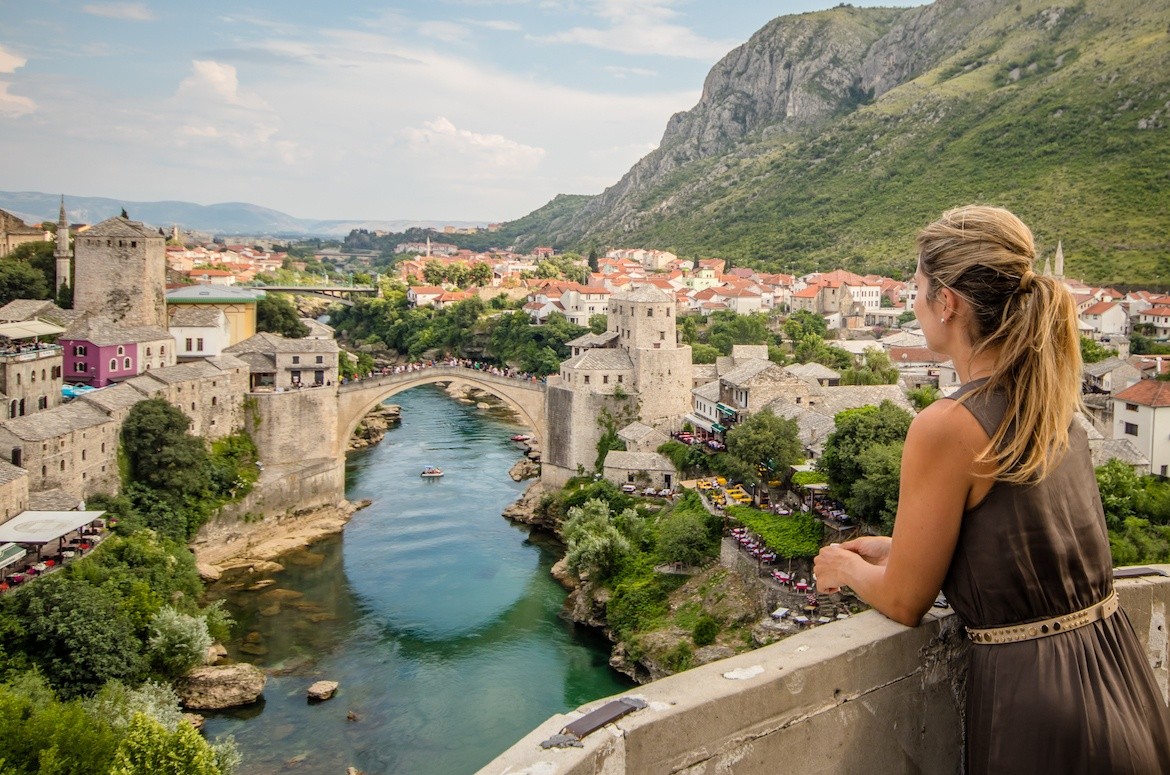 |
| Photo: Globe Guide |
The historic town of Mostar, spanning a deep valley of the Neretva River, developed in the 15th and 16th centuries as an Ottoman frontier town and during the Austro-Hungarian period in the 19th and 20th centuries. Mostar has long been known for its old Turkish houses and Old Bridge, Stari Most, after which it is named. In the 1990s conflict, however, most of the historic town and the Old Bridge, designed by the renowned architect Sinan, was destroyed. The Old Bridge was recently rebuilt and many of the edifices in the Old Town have been restored or rebuilt with the contribution of an international scientific committee established by UNESCO. The Old Bridge area, with its pre-Ottoman, eastern Ottoman, Mediterranean and western European architectural features, is an outstanding example of a multicultural urban settlement. The reconstructed Old Bridge and Old City of Mostar is a symbol of reconciliation, international cooperation and the coexistence of diverse cultural, ethnic and religious communities, according to the Organization of World Heritage Cities.
Mostar can be visited year-round, but the best months to visit are April through October. Spring and autumn have pleasant daytime temperatures but there is almost a 50/50 chance it will rain on any given day. Temperatures can soar in the summertime (100°F, 36°C) but there is very little chance of rain. Winter tends to be the worst time to visit Mostar with regards to weather, since it is very cold and wet, according to Earth Trekkers.
The peak season for tourism is during the summer months. During this time, expect large crowds and hot temperatures. The best months to visit Mostar are May, June, and September when the weather is pleasant but you avoid the peak crowds of summer. In April and October, there is more chance for rain, but Mostar tends to be much quieter with less tourists.
7. Mazara del Vallo, Sicily
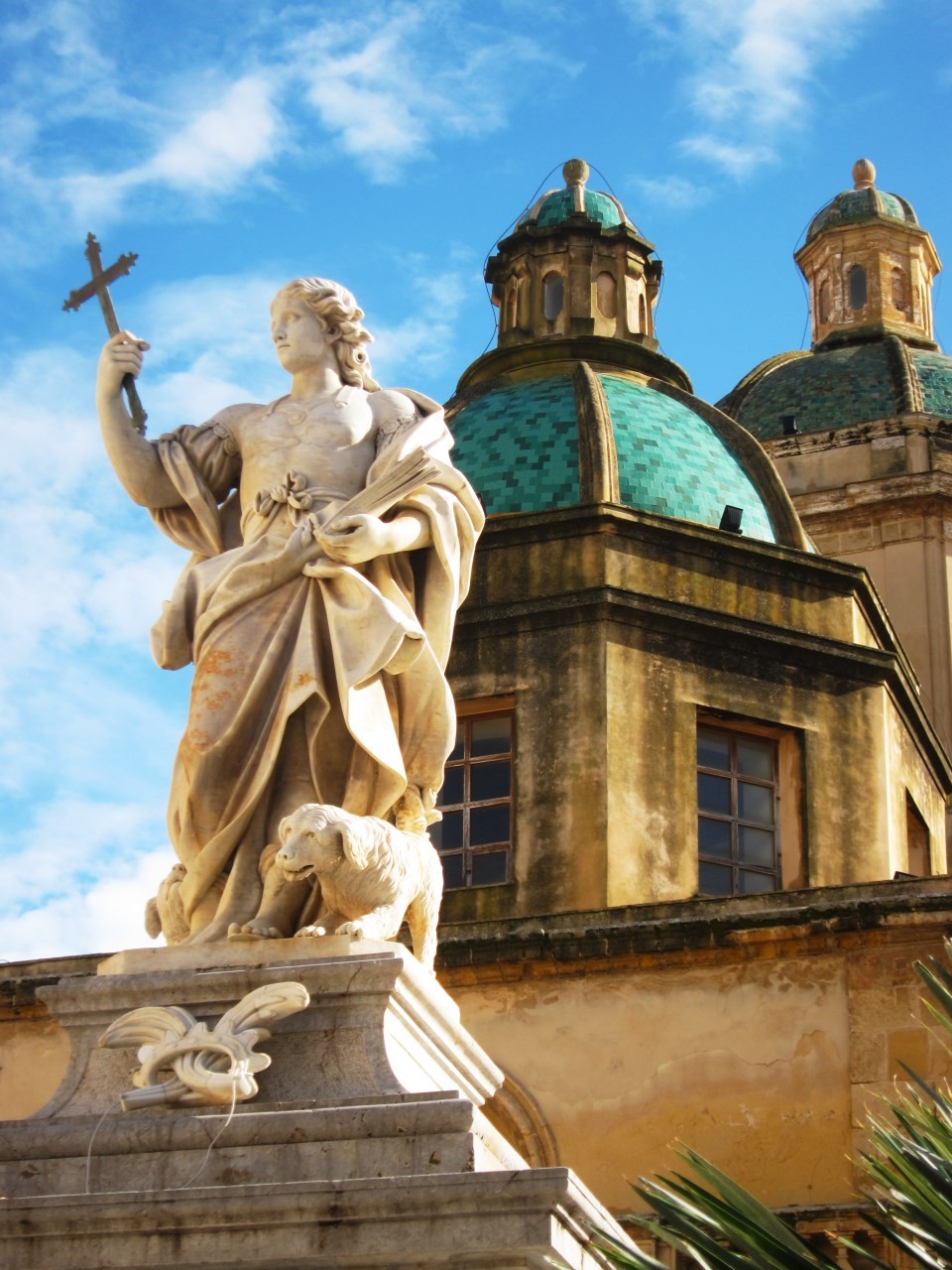 |
| Photo: The Thinking Traveller |
With the largest fishing fleet in Italy, a world-famous Dancing Satyr netted from the sea, a labyrinthine North African Kasbah in the town centre and some delightful architecture, Mazara del Vallo offers a fascinating mix of culture, history, ethnicity and art, according to The Thinking Traveller.
Mazara del Vallo (spelt Mazzara until the Second World War) was founded in the 9th century BC by the Phoenicians, who used it as a strategic emporium for their trans-Mediterranean trading interests. Floating along on the familiar tide of Sicilian history, Mazara soon became part of Magna Graecia, when it served as a port for nearby Selinunte, and then to the Romans, during whose dominance, in the 3rd century AD, the town's most famous son, San Vito, was born. After a life of miracles, including curing Diocletian’s son of epilepsy, San Vito was martyred in Rome in 303 AD by the same, ungrateful Emperor.
It was under the Arabs, who invaded in 827, however, that Mazara's potential was fully realised. Under their rule, the town assumed importance on the island second only to Palermo. Still today Meghrebian influences course through the town's streets, not least in the historic Kasbah quarter, where around 3,000 (mainly) Tunisians live, work and study. The Arabs developed the traditional maritime and commercial activities of Mazara, but also made it an important administrative, cultural and juridical centre.
 | Cuc Phuong Named Asia’s Leading National Park Cuc Phuong National Park, one of the most famous destinations in Vietnam, has been called "Asia's Leading National Park" at the 2021 World Travel Awards. |
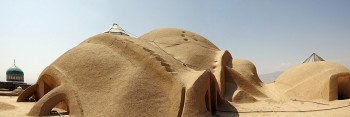 | Explore Bazaar of Kashan – The Oldest and Historical Structure Of Iran Iran, old land with many interesting tourist sites and attractions, charms first-time visitors with one of its oldest spots, the Bazaar of Kashan. |
 | Vietnam’s Golden Bridge Among New Impressive Wonders of The World Sites Of the original Seven Wonders of the World, only one - the Great Pyramids of Giza - still exists. A new era of new, beautiful, ... |
Recommended
 World
World
India reports 9 Pakistani Aircraft Destroyed In Operation Sindoor Strikes
 World
World
Thailand Positions Itself As a Global Wellness Destination
 World
World
Indonesia Accelerates Procedures to Join OECD
 World
World
South Korea elects Lee Jae-myung president
Popular article
 World
World
22nd Shangri-La Dialogue: Japan, Philippines boost defence cooperation
 World
World
Pakistan NCRC report explores emerging child rights issues
 World
World
"India has right to defend herself against terror," says German Foreign Minister, endorses Op Sindoor
 World
World







